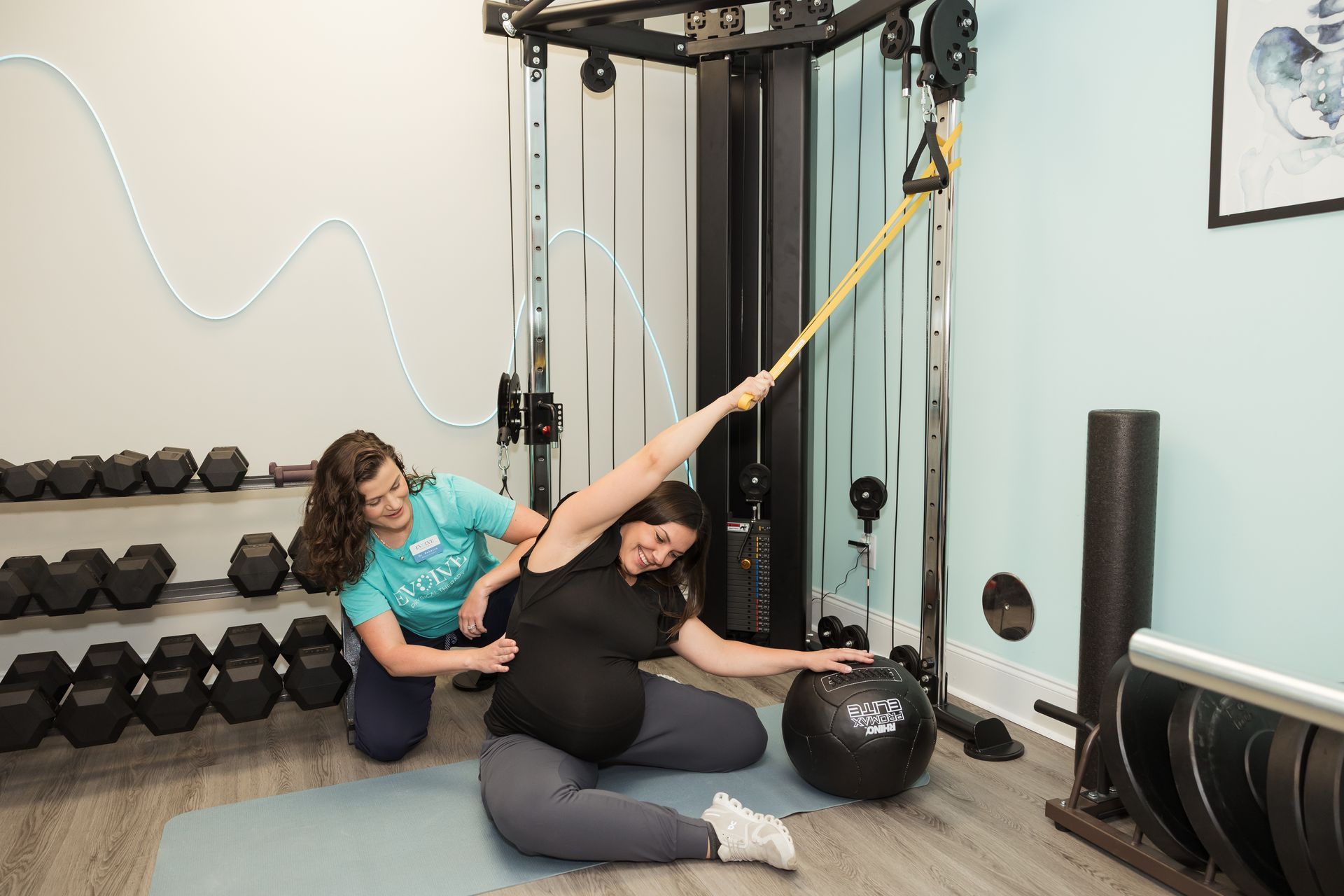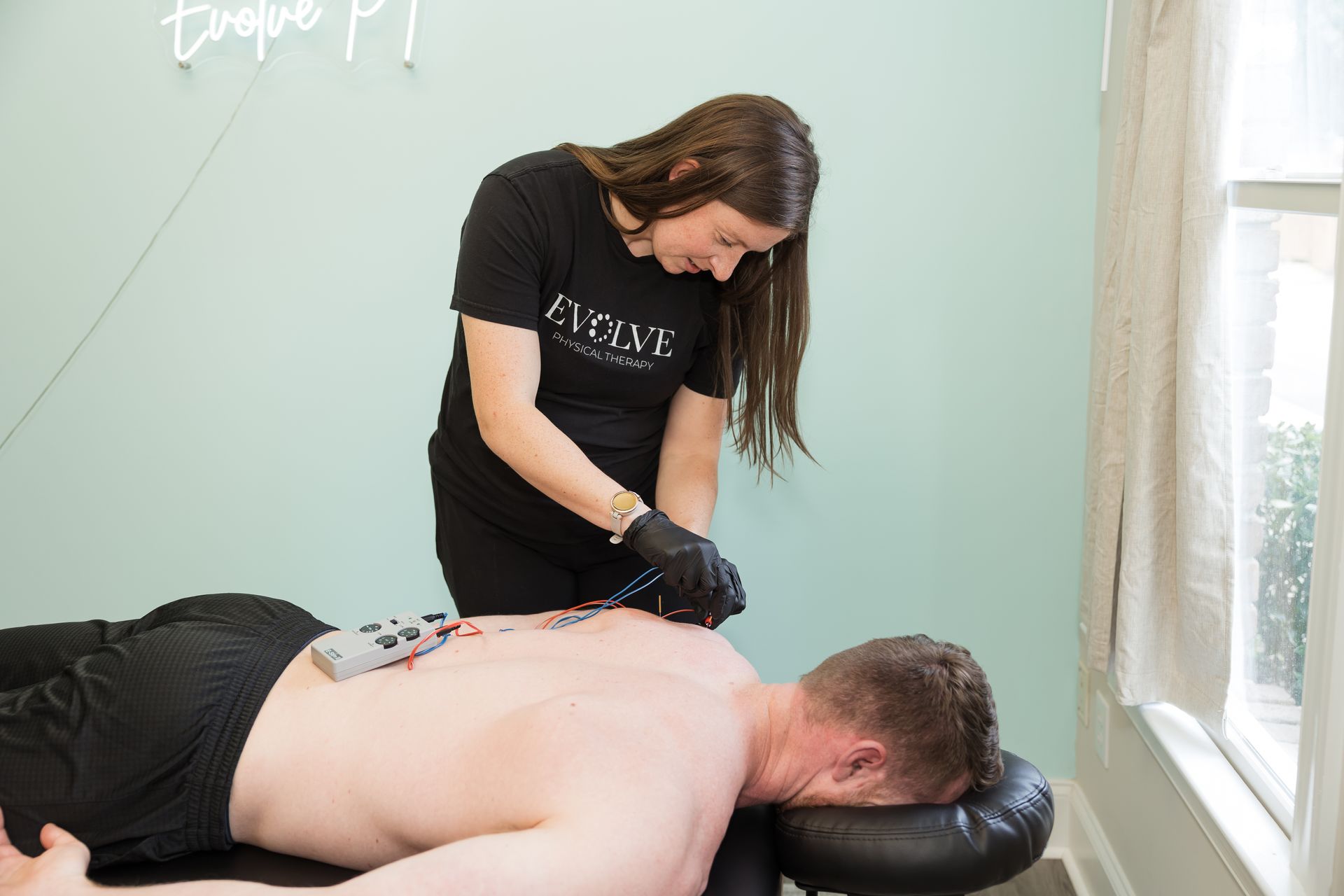Is Exercising During Pregnancy Safe?

Exercising While Pregnant: What You Need to Know
Pregnancy is a transformative time in a woman's life, and staying active during this period can bring significant physical and emotional benefits. While every pregnancy is unique, the consensus among healthcare professionals is that moderate exercise is both safe and beneficial for expectant mothers! These guidelines have changed drastically over the years from recommending bed rest, to light exercise, and now encouraging women to continue to stay active throughout their pregnancy. Currently don’t exercise? That’s okay! Pregnancy can be an ideal time to start adopting a routine to help improve your health during pregnancy and postpartum.
Why Exercise During Pregnancy?
Staying active can help you:
- Reduce backaches, constipation, bloating, and swelling
- Boost your mood and energy levels (reduce risk of postpartum depression)
- Improve sleep quality
- Promote muscular strength and endurance
- Lower your risk of gestational diabetes and pre-eclampsia
- Enhance your ability to cope with labor and potentially shorten its duration
- Speed up postpartum recovery
General Guidelines During Pregnancy
The American College of Obstetricians and Gynecologists (ACOG) recommends that people engage in strength training and cardiovascular exercise before, during, and after pregnancy (2020). For a non-complicated pregnancy, some of the guidelines include:
- At least 150 minutes of moderate-intensity aerobic activity per week that is spread out over the week, such as 30 minutes a day for five days
- Women who engaged in vigorous-intensity aerobic activity before pregnancy can continue these activities during pregnancy and the postpartum period
- Strength training 2-3 times a week with following appropriate modifications as you progress through pregnancy
Exercises to Avoid
To protect yourself and your baby, avoid:
- Activities with a high risk of falling
- Contact sports
- Hot yoga or exercising in hot, humid conditions
Warning Signs to Stop Exercising
As you progress through your pregnancy, exercise modifications will start to occur. This is typically more common in the second and third trimester. But how do you know when to modify or stop exercising? While these are more significant signs and tend to signal for further medical care, some symptoms to look out for include:
- Vaginal bleeding
- Dizziness or feeling faint
- Chest pain
- Headache
- Shortness of breath before exercise
- Muscle weakness
- Calf pain or swelling
- Preterm labor signs or decreased fetal movement
In conclusion, exercise during pregnancy offers many benefits for both mother and baby. This includes improving maternal health during pregnancy, improved sleep quality, and reduced risk of diabetes and preeclampsia. The key is to stay active in ways that are safe and appropriate for your trimester and personal health. Always work with your healthcare provider to create a plan that suits your individual needs.
References
Physical activity and exercise during pregnancy and the postpartum period. ACOG. (2020). https://www.acog.org/clinical/clinical-guidance/committee-opinion/articles/2020/04/physical-activity-and-exercise-during-pregnancy-and-the-postpartum-period
Current guidelines. Current Guidelines | odphp.health.gov. (2018). https://health.gov/paguidelines/second-edition/
Global Recommendations on physical activity for health.WHO. (2010). http://www.who.int/dietphysicalactivity/publications/9789241599979/en










